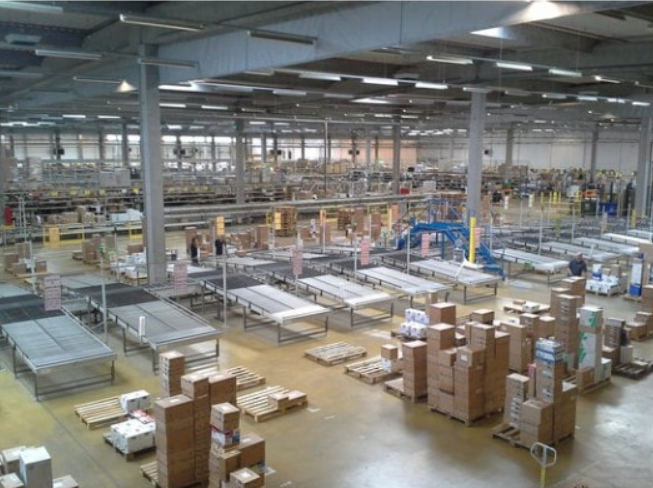Frontline Leadership: The Hidden Solution to Manufacturing Turnover
When HR Can’t Carry It All Manufacturing HR teams are stretched thin. Between compliance, payroll, recruiting, and employee relations, they already operate at full capacity. Add high turnover and constant hiring demands, and HR ends up in firefighting mode. But here’s the truth: HR can’t solve turnover alone. The most overlooked solution is right on the production floor—frontline
Stop Running Your Floor in Panic Mode: Why Manufacturing Leaders Need a Workforce Strategy
The Hidden Cost of Panic Hiring In today’s industrial and manufacturing environments, staffing shortages are no surprise. But the way many leaders respond to them—scrambling for last-minute hires, paying inflated overtime, or plugging holes with underqualified workers—creates more long-term damage than short-term relief. This constant “panic mode” feels productive in the moment, but it drains leaders’ time, exhausts
Manufacturing HR Trends You Can’t Ignore
HR leaders in manufacturing are under more pressure than ever. Between labor shortages, shifting worker expectations, and evolving compliance requirements, HR’s role has expanded well beyond hiring and benefits administration. The most successful teams are rethinking how they attract, retain, and support industrial talent. Trend 1: Skills Over Resumes Manufacturers are moving away from rigid job requirements and
Nearshoring Is Here — Is Your Workforce Ready?
In recent years, more manufacturers have been shifting operations closer to home, a trend known as nearshoring. By bringing production back to the U.S. or neighboring countries, companies can reduce shipping times, improve supply chain resilience, and better control quality. But this change also comes with one major challenge: having the right workforce in place. Why Nearshoring Impacts
Why Your Best Workers Quit Quietly and How to Stop It
Not every resignation comes with two weeks' notice. In many industrial and manufacturing environments, turnover starts long before anyone hands in a badge. Reliable, productive employees begin to disengage quietly and by the time someone notices, they’re already out the door. This isn’t a worker problem. It’s an environment problem. Here are the top reasons dependable team members
The Shift Nobody Sees: How Floor Leads Absorb the Cost of Bad Staffing
You won’t see it in the report. But every time a placement doesn’t show up, isn’t trained properly, or just isn’t the right fit, your floor supervisor pays the price first. Leads are your first line of accountability and the first to absorb the ripple effects of bad staffing. Here’s what that cost looks like in real time:





